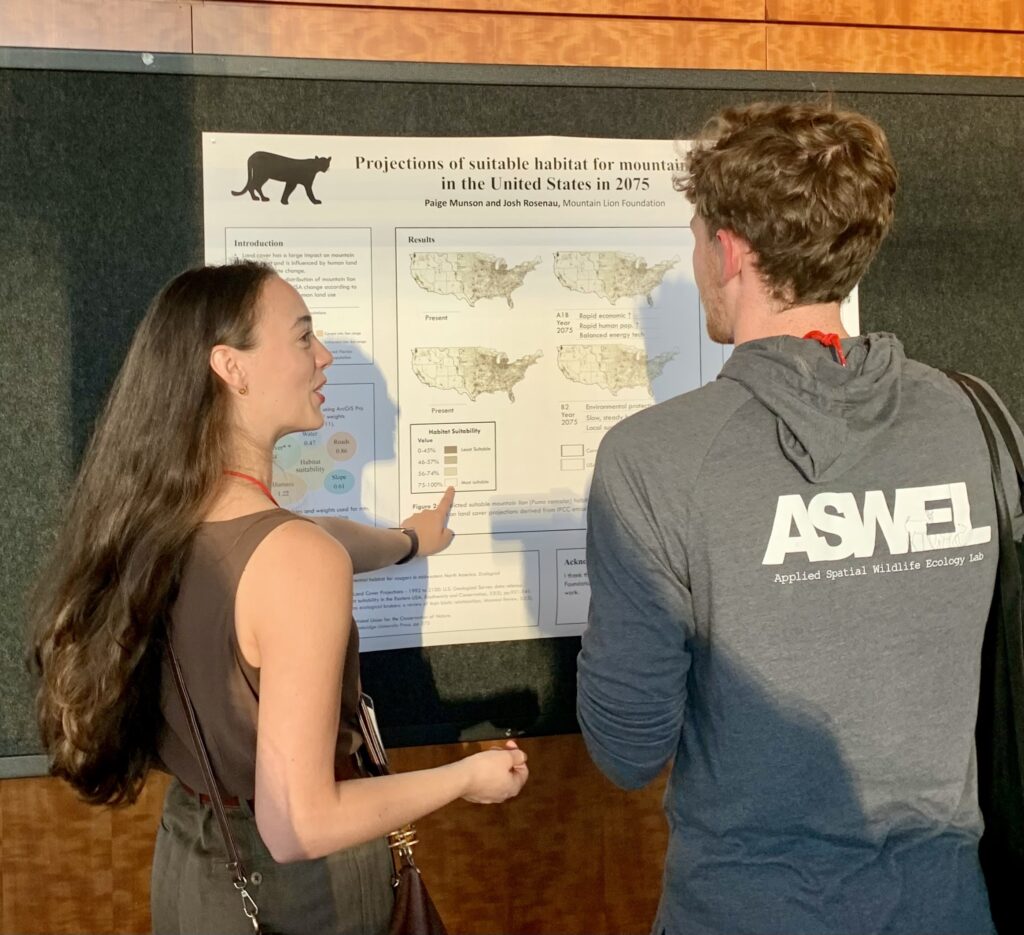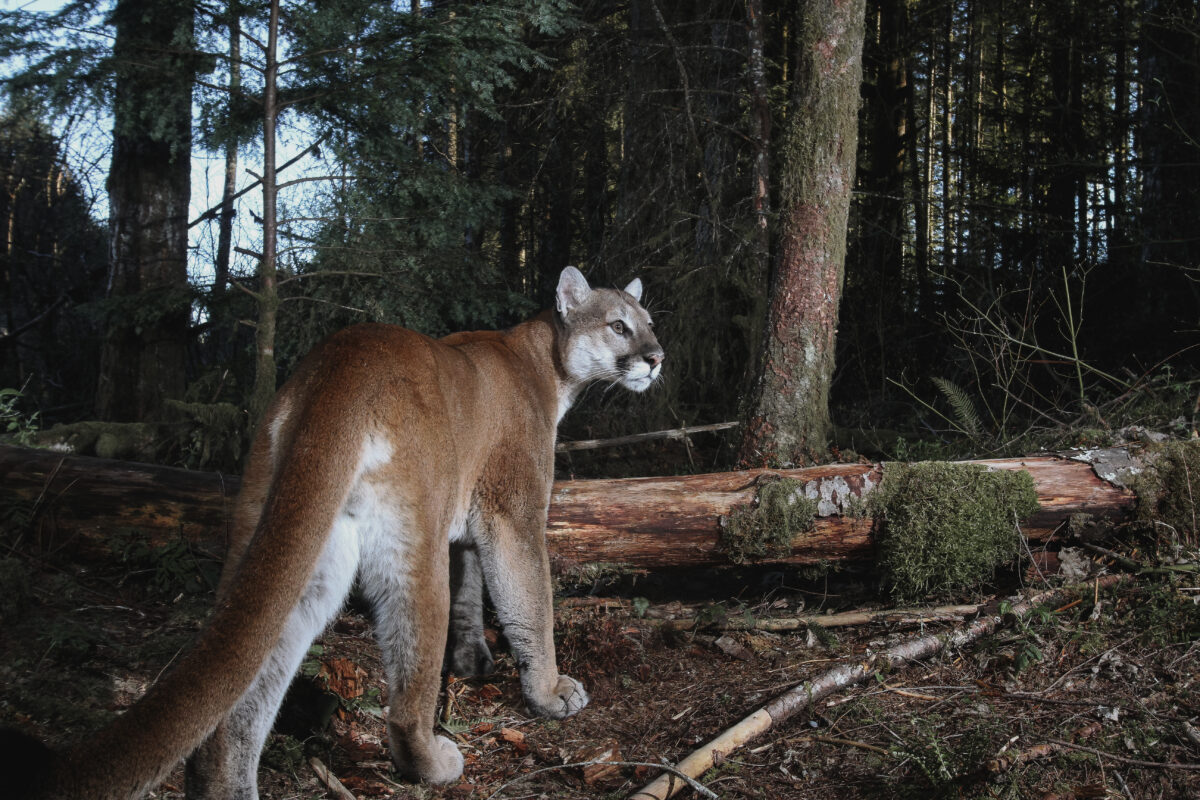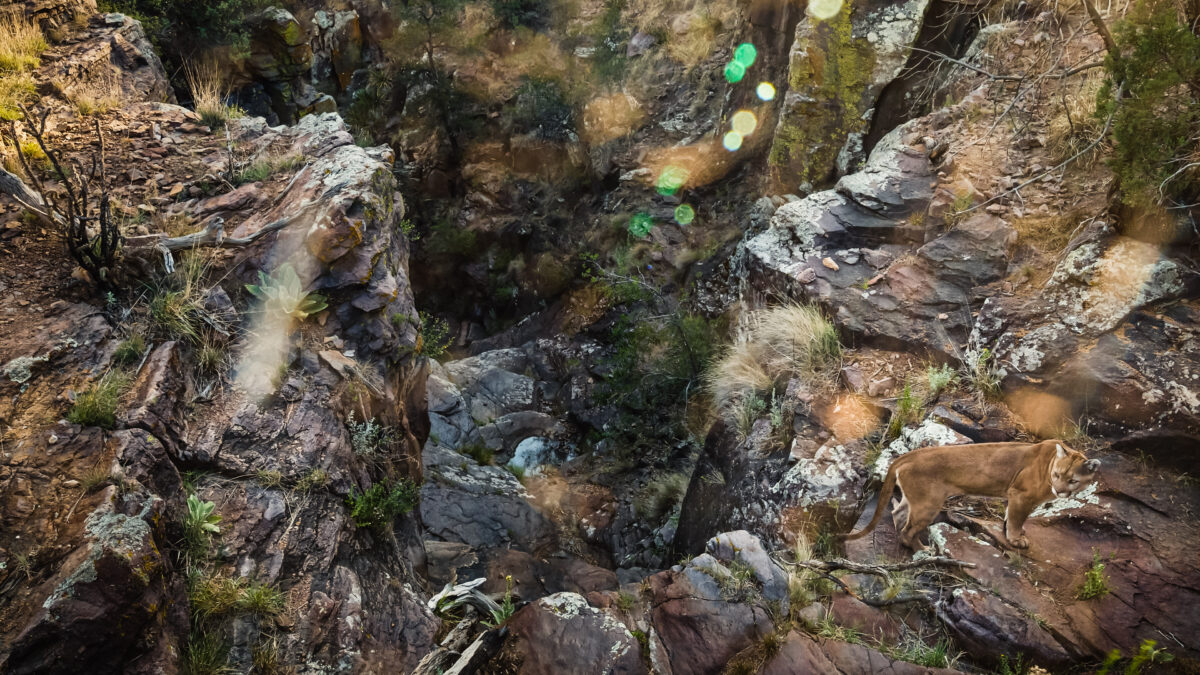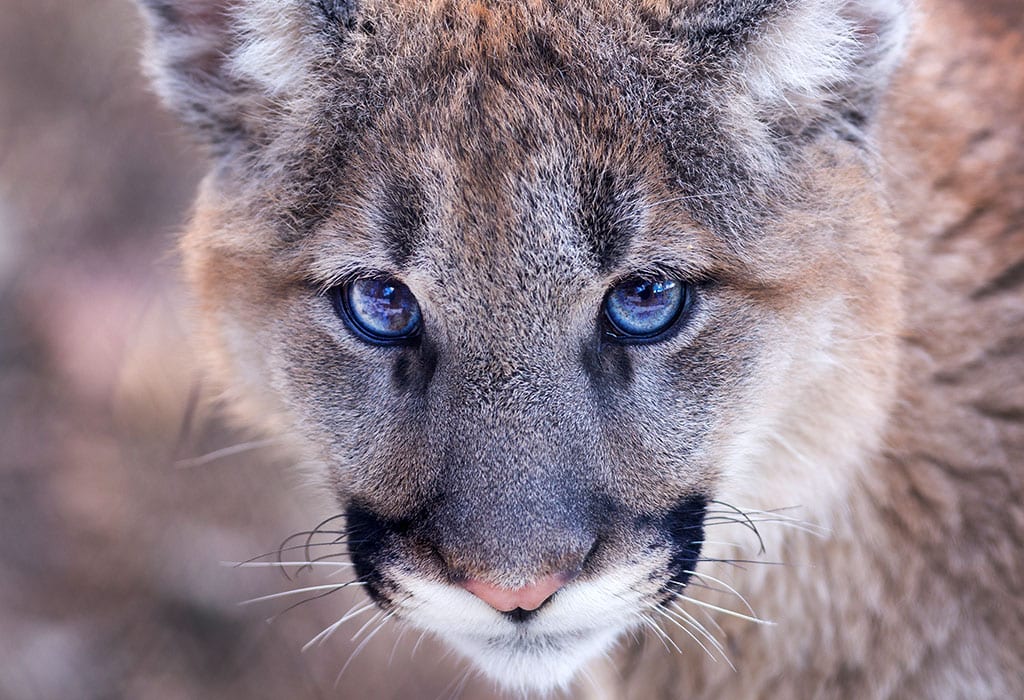By Paige Munson, Science and Policy Coordinator
I recently joined more than 2,000 attendees at the 31st Annual Meeting of The Wildlife Society (TWS) in Baltimore, Maryland. The meeting offers wildlife biologists opportunities for professional development, time to connect with peers, a forum for sharing new and ongoing research, and a time to be inspired by the amazing stories of people in our field.
This time to share, collaborate, and connect is essential, addressing a need that goes beyond the academic to the emotional and social. As Aldo Leopold poignantly said: “One of the penalties of an ecological education is that one lives alone in a world of wounds.” These meetings represent some of the few moments where wildlife scientists and conservationists can come together and feel profoundly, albeit briefly, un-alone in their work.
Plenary session
The meeting kicked off with plenary addresses from three conservationists who have gone beyond their research to engage in the political and cultural arenas it affects—and to remind us that they aren’t that separate to begin with.
At the opening plenary session, we heard from Julie Robinson, deputy director of earth sciences at NASA about the work they are doing to create imagery and models of the Earth’s surface. Robinson emphasized that as exciting as this work is, its usefulness hinges on effective communication with the public.
Next to the stage was wildlife biologist, James Cummins, executive director of the NGO (nongovernmental organization) Wildlife Mississippi. He shared stories of his career and emphasized that his work in policy has been the most impactful part of his career. He reminded us that: “If you’re not at the table, you’re on the menu.” If we can’t speak up for the wildlife we care about, no one will.
Finally, we heard from Jason Baldes, director of the Tribal Buffalo Program for the National Wildlife Federation. He shared the story of the reintroduction of bison to the Wind River Indian Reservation. To him and his community the return of bison was an ancestral food source brought back, the ecological restoration of their home, and also “bringing a long-lost relative home.”
The Wildlife Society’s Policy Workshop
Later I attended a TWS workshop to help scientists engage in the policy arena. There we heard stories from the CEO of TWS, Ed Arnett, and TWS staff member Kelly O’Connor about working in policy, and the challenges they faced. The challenges stem from a mix of problems: economic opposition, culture clashes, and the stifling of scientist voices.
The world is calling for the voices of scientists to help bring solutions to the problems of today. But when it comes to many topics, many scientists are unable to share their opinions due to their institutional affiliations or fear of retribution. Some scientists work towards policy by advocating within institutions, others utilize private emails to share their voice with NGOs and advocates who can use the information they share. Unfortunately, there is no one clear path for scientists to engage in policy. Some have the full ability to do so, but others are limited.
As of now, we can praise the scientists permitted to engage in policy and support the scientists who are unable or do not feel comfortable doing so.
Poster session

At the conference’s poster session, hundreds of presenters gathered to share their work. There I presented the Mountain Lion Foundation’s ongoing work to model habitat for mountain lions. Throughout the night people approached my poster and touched where their home was on the map. They would tell me stories about the mountain lions in their area. For the people who lived in areas where mountain lions were eradicated, many shared that they wished the mountain lions would come back. For some they wanted the ecological services that mountain lions can provide. But for others, their hope rested in wanting to experience a bit more of the wild and magic that comes with sharing your home with an animal like the mountain lion.
As a member of the Mountain Lion Foundation’s policy team, I was proud to see that scientists were galvanized to action towards the vast array of issues facing wildlife, including policy. The Mountain Lion Foundation engages with policy at legislative levels, but also by participating in local government and state agency decision making regarding mountain lions. My time at TWS this year energized me about our work, sparked new ideas for approaching the issues surrounding mountain lions, and gave me the chance to meet new partners in our mission to ensure that mountain lions survive and flourish in the wild.



 Facebook
Facebook Twitter
Twitter Send Email
Send Email


